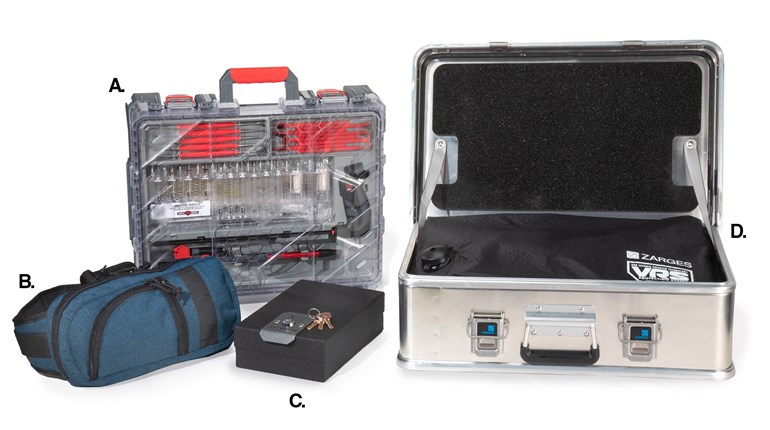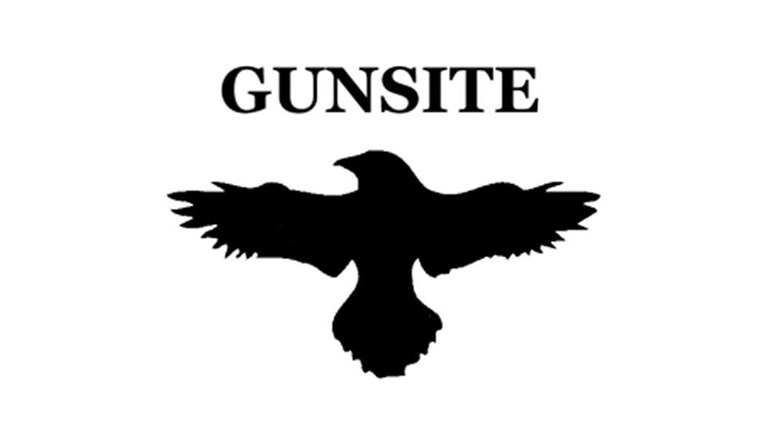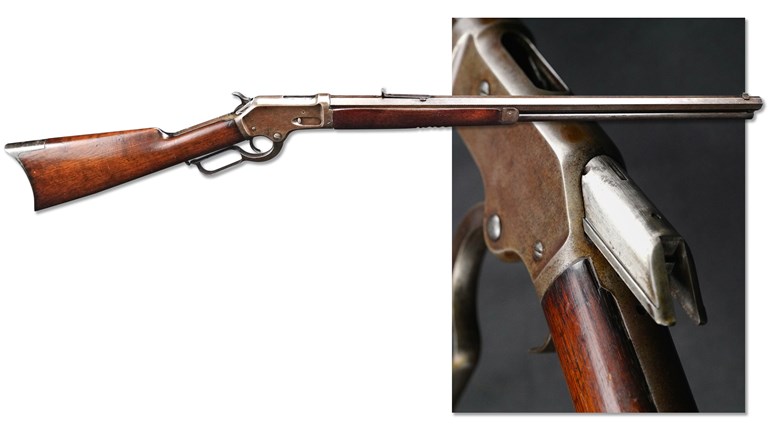
It’s the rare person who isn’t tickled to be affirmed, and we’re reveling—slightly—in that glow today. Over the last two weeks, we’ve had a chance to shoot a really fine 1911 on loan from Gunsite Academy’s COO Ken Campbell, and it’s been an all-around treat.
We spent a week at Gunsite not long ago as part of A1F’s “observance,” if you will, of the 40th anniversary of Gunsite Academy and founder Col. Jeff Cooper’s “Modern Technique” (here and here). It was certainly time well spent: Not only did we get some world-class instruction to add to our own pistol craft, but also had a chance to shoot a Colt Gunsite Pistol—a Colt-manufactured 1911 made to Gunsite specifications. As we said at the time, the full-size pistol performed without a hitch through nearly 1,000 rounds over the week, and left no doubt that it was a defense/duty ready pistol of the first water.The full-size pistol performed without a hitch through nearly 1,000 rounds over the week, and left no doubt that it was a defense/duty ready pistol of the first water.
But in the dreaded gift/pro shop, which instructors almost gleefully inform you on the first morning is “the most dangerous place at Gunsite,” we happened across another Gunsite pistol even more intriguing than our issued version—the Concealed-Carry Officer’s, or CCO.
A little background here: CCO-type pistols aren’t exactly new. A spirited discussion of “whys” and “wherefores” could logically place their inception anywhere between 1949 (with the birth of guns in the Commander-class of length and weight) to the mid-1970s, when gunsmiths started to pare down full-sized 1911s to a variety of smaller sizes. In terms of a “catalogue” gun—something routinely available at a published, consistent price—CCO antecedents were offered by Colt’s no later than 1985 in the form of the Officer’s Model.

Which is where we get back to our slight self-satisfaction. We were very early adopters of the Officer’s Model, and somewhat later made it our first “carry gun” when CCW opened up in our county. We shot it disproportionately well, though we give all the credit to the pistol: The trigger was unusually good for “factory” in the era, and the flared barrel/bushing configuration—we think—accounted for its relatively astonishing accuracy. It was easily adequate for defensive shooting demands, but no slouch at bowling pins or even the occasional bulls-eye foray either, despite the 3.5-inch barrel and considerably shortened sight radius.
This last was the only real drawback in our view. The abbreviated grip solved the main barrier to discreet carry, but we missed the confidence engendered by a longer sight radius.
Cycle forward roughly a decade, and enter the Gunsite CCO. Clearly, some other very sound thinkers on pistol tactics and equipment agreed. Three-finger support, Commander-length slide/sight radius and aluminum frame erase any deficits, while taking nearly 8 ounces of the belt burden of a full-sized gun.This last was the only shortcoming in our view … we missed the confidence engendered by a longer sight radius.
Our range time with the CCO could hardly have been more satisfying. Long-time fans of the 1911 that we are, Campbell’s ante-up of his personal gun was a redoubled joy: We had no concerns about “wear-in,” but a good barometer of service life was very much at hand.
In both arenas, the CCO proved a standout. We ran the pistol with several varieties of defensive ammunition, but all remained very manageable despite the reduced mass of the pistol. Hornady Critical Defense, Gorilla Ammunition’s “Silverback,” and Federal’s “Practice and Defend” combos were all utterly reliable and very accurate. We had no trouble meeting our standards in the Five Skill Drill, except at 10 yards. This last we attribute to a vision/sight mismatch, not to the pistol. Outdoors, accuracy was clearly up to snuff, but we ran our times indoors. There, we simply couldn’t see the sights well enough to meet the “only ‘A’s count” requirement. Obviously, that’s on us.
An old gripe about 1911s was also debunked by the CCO sample—fussiness about bullet noses and/or overall cartridge length. We keep some light, needle-nosed semi-wadcutters as well as some short-OAL, blunt heavyweights on hand to test this in .45 ACPs, and we generally catch nearly every pistol at one end or the other. Well, not the Gunsite CCO, period. Just to be perverse, we ran several magazines of no-repeat ammunition through—155 SWC, 185 JHP, 200 SWC, 225 TC, 230 RN, 230 JHP and 255 TC—and all without difficulty. That’s weird, we grant, in terms of feel, but instructive: boom, boom, boom, boom, etc. Boring, almost: 400-plus failure-free rounds down the road.
We have two tiny gripes, but we forewarn—these are issues preponderantly of taste. One we’ve already alluded to: We just don’t shoot anything long without putting some high-visibility technology in the front sight position, because it only seems fair to the gun. Any time we run “standards” or “qual-” type courses of fire, high-visibility types are a routine 10-percent advantage, and occasionally more. As much as we love the standard Novaks (and we used them ourselves for decades), we’d consider this or similar from the nice folks in Parkersburg, W.V., in a hurry. If we needed tritium for low light/defensive purposes—a likely employment for a CCO—as well as for superb daylight presentation, these are a standout from Trijicon (here at Brownells).Boring, almost: 400-plus failure-free rounds down the road.
The other quibble is a pure add, but one about which we’re adamant in the present era. If you’re a double-stack shooter, this may never cross your mind, but you should at least understand the problem—the size and nature of the reload “target” on any given pistol. Double-stack shooters have a sort of inverse magazine guide: Because their magazines taper at the top as they go from nearly two rounds wide for storage to one round wide for feeding, they park a nicely shaped wedge in an oversized hole. Mag swaps are more easily accurate and rapid.

1911 shooters have no, or at least very little, similar advantage. While some mag openings are indeed beveled, removable material make this a trivial addition to the target area, and can leave all sorts of issues in play aside from simply missing your reload—as if that alone wouldn’t be bad enough in extremis.
We understand that some have practiced so long and so well that they really may not need this aid—our benefactor Ken Campbell for instance—but this is rare. If you struggle at all (more than two seconds, shot-to-shot) with your single-stack reloads, consider a magwell. The slight weight and bulk additions are worth it even on a carry gun. The speed and repeatability, however, may prove crucial. This Smith and Alexander is our hands-down favorite, especially in carry-class pistols, but there are other viable choices, too.
We close with a perhaps-familiar refrain: Ken was gentlemanly but specific about a “no-souvenirs” status on his loan, and we hate to think of so fine a fellow and friend without his daily wherewithal. So back goes the exemplary Gunsite Concealed Carry Officer’s model, but we don’t have to be happy about it.
Visit Gunsite Academy here; see the Gunsite CCO here. MSRP on the Gunsite CCO is $1,495.

































